We have some good news, and some bad news, about today’s high consumer prices.
The good news? Inflation isn’t just slowing—it has been, for quite some time. The ongoing rise in a wealth of consumer prices has moderated to a percent or so higher than the pre-COVID norm.
The bad news? Consumer prices are still high. Whether it’s fast food, rent, or auto insurance, Americans are still feeling the pain from a few years of accelerated inflation—even if price growth has been tamed somewhat of late.
To be blunt: There’s no easy, magical solution to this problem. The only way for prices to actually come down is deflation, which could only really happen if the economy took a big turn for the worse—and the resulting price relief, while nice for some, wouldn’t matter to the millions of Americans who would almost necessarily lose their jobs in such an environment (employment decreases during recessions).
That said, you’re not powerless against the endless march of rising consumer prices. Let’s go over some ways you can push back on price creep and keep your expenses contained.
Table of Contents
Prices Feeling Too High? Try These Tips + Tricks
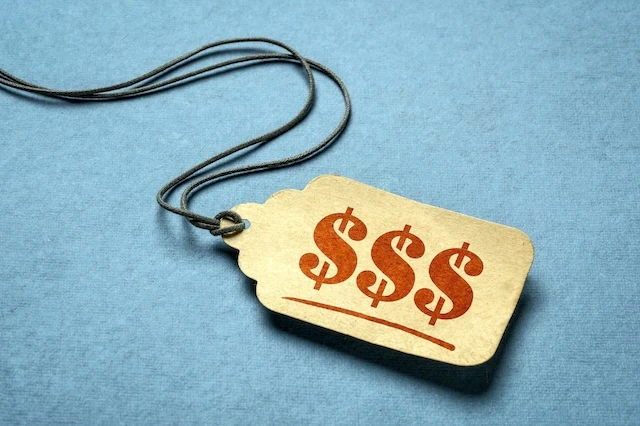
If you want to take some of the pressure off your wallet, we have a few tips on how to be a smarter, savvier spender—tips that will help you get more value out of your purchases, spend less where it doesn’t make sense, and avoid pricing strategies designed to squeeze every last penny from your pockets.
To put it simply, if you want to get what you need for less, you need to think more.
Your savings won’t always be as straightforward as, say, using a coupon. But by dedicating a little more time to carefully consider where your money is going, you’ll not only end up spending less—you’ll also maximize the purchasing power you have. Keep these tricks in mind during your upcoming purchases.
1. Understand When Spending Now Means Saving Later

One of the biggest mistakes cash-strapped consumers make is avoiding certain big-ticket purchases to save money in the short term, even if it means costing you much more money in the long term.
For instance, if you delay getting necessary dental work done because you’re put off by the price tag, you might end up requiring even more urgent and expensive dental work down the line. (It costs a lot less to fill a cavity than to get a root canal!)
Sometimes, your finances might leave you with no choice. But where you do have a little flexibility, it helps to know when foregoing a purchase now could cost you dearly later.
Related: Say Goodbye! These 10 Things Are Fading Out of Existence
2. Get Better at Price Comparing

Price comparing is a simple concept: Take two similar products and see which one costs less.
But there’s a lot more to it.
For one, packaging isn’t always the same—one brand might use 16-ounce packaging, while another might use a 14-ounce bag. That requires more difficult math on your part. There could very well be differences in quality, too, and what’s the point in saving if you hate what you’re buying?
But the biggest difficulty most consumers have is staying vigilant.
Prices aren’t static—they change all the time. But more importantly: Products change, too! Maybe the price of an item you buy every week has remained the same for years … but did you look at the packaging each and every week? Did you see a new cereal mascot, but fail to notice that your 11-ounce box of cereal has been whittled down to 10 ounces? That’s shrinkflation—and it’s a popular way for companies to make you pay more without ever noticing it.
In short: Never stop price-comparing, and make sure you’re examining not just the cost, but the product itself.
Related: 10 “Most Serious” IRS Problems Taxpayers Face
3. Know When (And When Not) to Buy in Bulk
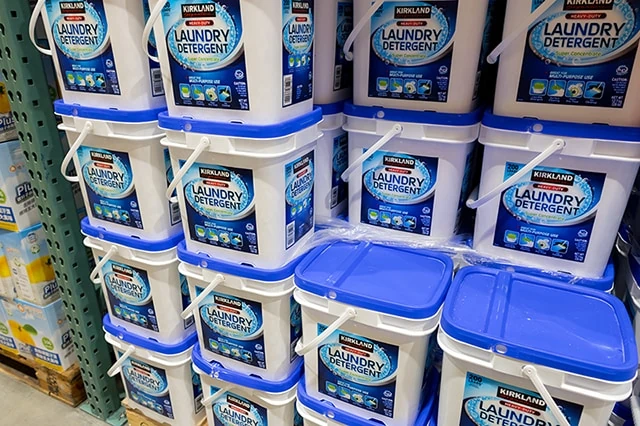
Buying in bulk is a popular way to save. With many items, packaging makes up an outsized amount of the cost of production; buying in bulk reduces necessary packaging, which helps reduce the price per unit.
However, bulk purchases aren’t a silver bullet—in fact, sometimes, you can waste even more money by buying big.
Consider groceries with a short shelf life. If you buy 10 pounds of oranges at a cheaper per-pound price than buying 5 pounds, but half of those oranges go bad before you can eat them, you haven’t saved anything—in fact, you’ve spent more money than you needed to, just to get a “deal.”
Shelf life isn’t the only reason to avoid some bulk buys; check out the numerous other factors behind which bulk purchases you should make (and which ones you should avoid).
Related: How to Save Money on Groceries: 12 Commonsense Tips
4. Avoid Junk Fees Where You Can

Junk fees come in many forms, and go by many names—convenience fees, overdraft fees, credit card surcharges, and many more. And these annoying fees, which often go ignored, can raise the price of a product or service considerably.
But in many situations, you can reduce or even dodge these fees outright.
For instance, some banks still charge overdraft fees—but other banks offer ways to avoid them. Or if you’re purchasing a concert or sports ticket, consider pricing that ticket at several vendors to see who can get you to the final purchase price with the fewest fees.
Take some time to learn about the most popular junk fees, as well as how to slip past them.
Related: Should I Pay Off My Mortgage Before I Retire?
5. Be Aware of Drip Pricing
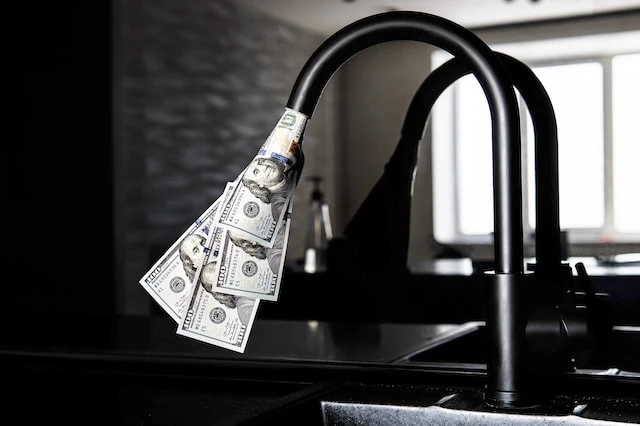
You could consider drip pricing as a brother of junk fees.
In this deceptive practice, the price you originally see is only a fraction of the overall price you’ll end up paying if you go through with the transaction. The vendor starts out with a low price to get your attention. But drop by drop, more charges, fees, and options are added … and before you know it, your cart has doubled or even tripled in cost. Are you upset? Sure. But you already put so much time into getting to this point that you end up biting the bullet and buying anyway.
It’s a pernicious tactic—one that makes price-comparing much more challenging and can trick people into making budget-unfriendly decisions.
Simply knowing that an industry commonly uses drip pricing can better help you prepare for the buying experience. And in some cases, you might be able to avoid some of the fees that get dropped onto your head. For instance, a hotel loyalty program member might get to skip “resort fees,” or you might have certain fees waived when purchasing with a specific processor’s credit card.
But most importantly: Hang in there. Even if comparison shopping is difficult when drip pricing is involved, sticking to it can save you oodles of cash.
Related: 20 Expenses to Cut From Your Budget in 2024
6. Avoid Financial Fees
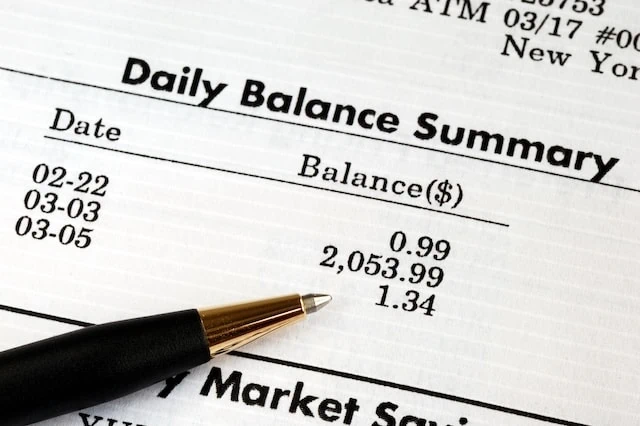
Financial institutions can help you save and even grow your money … but they can also charge a variety of fees that cut into your funds.
For instance, banks charge monthly maintenance fees, charges for dipping below a minimum balance requirement, overdraft fees, out-of-network ATM fees, and wire transfer fees, among other fees.
Happily, some annoying bank fees can be avoided. As banks and credit unions try to become more competitive, many have gotten rid of previously common fees and others will waive them if you meet predetermined requirements.
Before you sign up for a new account, carefully read the terms so you know if you’ll be subject to any unnecessary fees. Weigh the pros and cons of the account to see if it’s still worth the costs. For current accounts that are charging you fees, inquire whether there is any way to get them waived. For example, banks will often waive your first overdraft fee if you request it. Or you may be paying a monthly fee you could avoid if you maintained a higher account balance.
Related: How to Invest HSA Funds [Level Up Your Retirement Savings]
7. Know About the “Pink Tax”

Let me be clear: The “pink tax” isn’t an actual tax, but rather a term referring to situations where women have to pay more than their fair share.
Sometimes, products marketed to women cost more than those targeting their male counterparts. In other situations, there is gender-based price discrimination for items or services. Often, products that only women use (such as feminine hygiene products) are vastly overpriced.
While this issue has improved somewhat over time, there are still many prominent pink tax examples around today.
Women don’t just always need to grin and bear it, though. One of the best ways to avoid the pink tax is to buy gender-neutral items whenever they’re priced lower than those targeting feminine women. You can also negotiate more firmly for any major costs, such as a car, that tend to have wiggle room in the pricing.
Related: 10 Fun Jobs That Pay Well
8. Consider What Expenses Just Aren’t Worth it Anymore
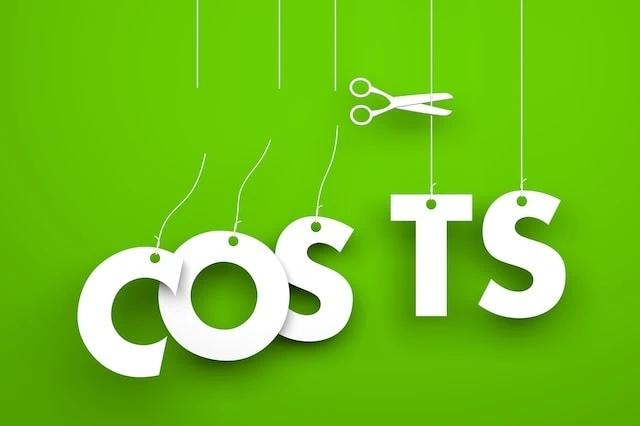
Even if you can avoid fees, buy a product in bulk, and get the absolute best price possible … some expenses simply aren’t worth it these days.
For instance, in some cities, Airbnb prices have gotten so high that people are beginning to favor hotels again. Amazon Prime, long considered a pretty good value, is losing its luster, with subscribers complaining about longer delivery times and the $2.99-per-month charge for ad-free video.
Point is, you might want to re-evaluate everything you spend on. Consider all of your current non-essential expenses, then see if there are costs you can’t actually justify anymore. From there, you might either replace it with a less expensive experience or product, or cut the expense out altogether. (Example: You might opt to stop getting certain beauty treatments done at the salon, and instead start doing it yourself at home.)
By eliminating costs that simply aren’t worth the price, you’ll free up more money to splurge in the areas where it’s still worth it.
Related: Do Installment Loans Build Credit?
9. Shop Secondhand

I’m not suggesting every single thing you purchase needs to be preowned. Some items should always be bought new. But there are many items you should consider buying secondhand.
One category of items to buy used: anything you’ll only use once, such as wedding party accessories.
Items like baby clothes and shoes might be worn more than once, but they’ll still only be useful for a short period of time, so it doesn’t make sense to buy them new. You can also save a substantial amount of money by purchasing very expensive items, such as designer bags, pre-owned.
Trust me: Shopping for used items can be fun! When someone compliments something you bought secondhand, you might not be able to resist sharing what an incredible deal you got.
Related: 6 Best Stock Recommendation Services [Stock Picking + Tips]

Stock recommendation services are popular shortcuts that help millions of investors make educated decisions without having to spend hours of time doing research. But just like, say, a driving shortcut, the quality of stock recommendations can vary widely—and who you’re willing to listen to largely boils down to track record and trust.
The natural question, then, is “Which services are worth a shot?” We explore some of the best (and best-known) stock recommendation services.
Related: The Best Fidelity ETFs for 2024 [Invest Tactically]

If you’re looking to build a diversified, low-cost portfolio of funds, Fidelity’s got a great lineup of ETFs that you need to see.
In addition to the greatest hits offered by most fund providers (e.g., S&P 500 index fund, total market index funds, and the like), they also offer specific funds that cover very niche investment ideas you might want to explore.
Related: Best Target-Date Funds: Vanguard vs. Schwab vs. Fidelity

Looking to simplify your retirement investing? Target-date funds are a great way to pick one fund that aligns with when you plan to retire and then contribute to it for life. These are some of the best funds to own for retirement if you don’t want to make any investment decisions on a regular basis.
We provide an overview of how these funds work, who they’re best for, and then compare the offerings of three leading fund providers: Vanguard, Schwab, and Fidelity.
Related: 9 Best Monthly Dividend Stocks for Frequent, Regular Income
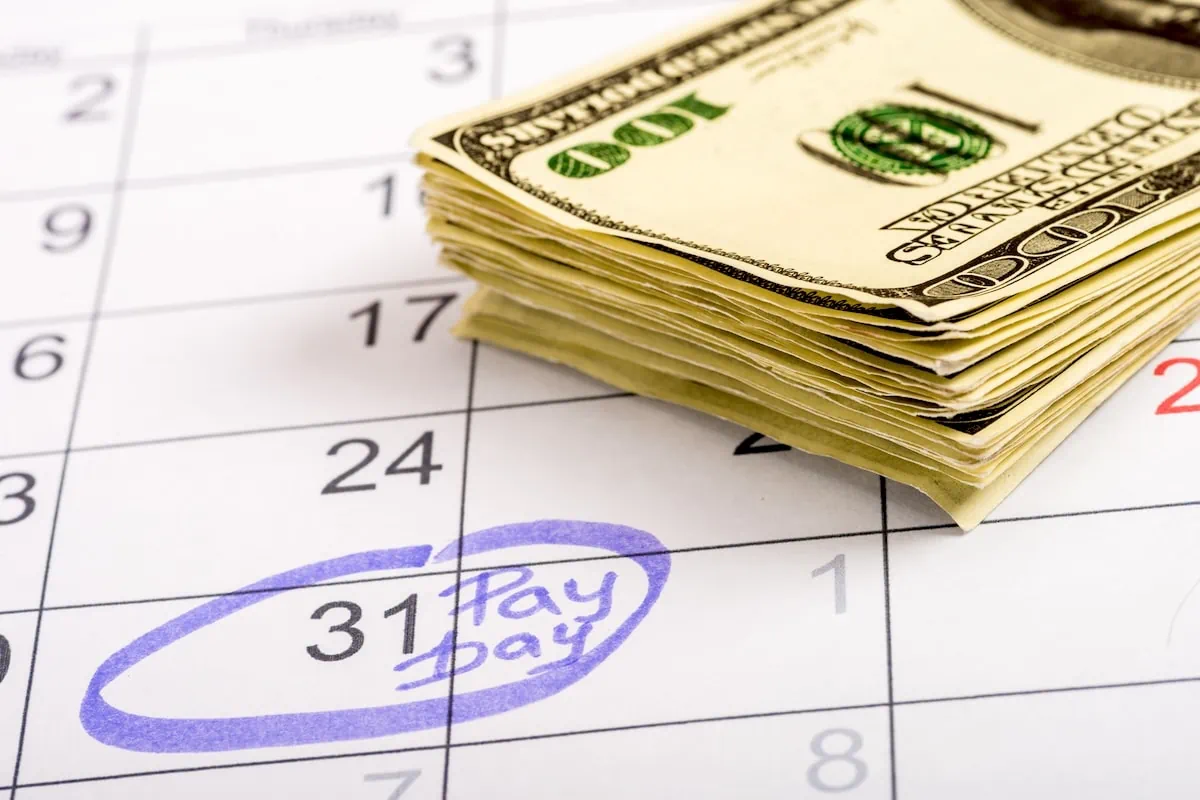
The vast majority of American dividend stocks pay regular, reliable payouts—and they do so at a more frequent clip (quarterly) than dividend stocks in most other countries (typically every six months or year).
Still, if you’ve ever thought to yourself, “it’d sure be nice to collect these dividends more often,” you don’t have to look far. While they’re not terribly common, American exchanges boast dozens of monthly dividend stocks.
Please Don’t Forget to Like, Follow and Comment

Did you find this article helpful? We’d love to hear your thoughts! Leave a comment with the box on the left-hand side of the screen and share your thoughts.
Also, do you want to stay up-to-date on our latest content?
1. Follow us by clicking the [+ Follow] button above,
2. Subscribe to The Weekend Tea, our weekly newsletter to read more about investing, spending, taxes, and more, and
3. Give the article a Thumbs Up on the top-left side of the screen.
4. And lastly, if you think this information would benefit your friends and family, don’t hesitate to share it with them!





